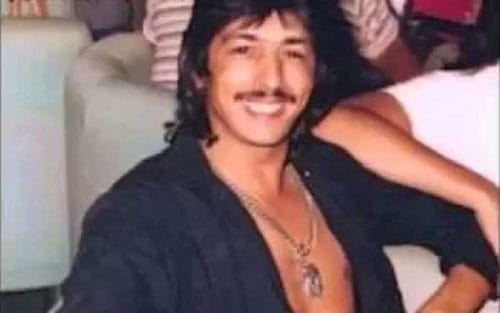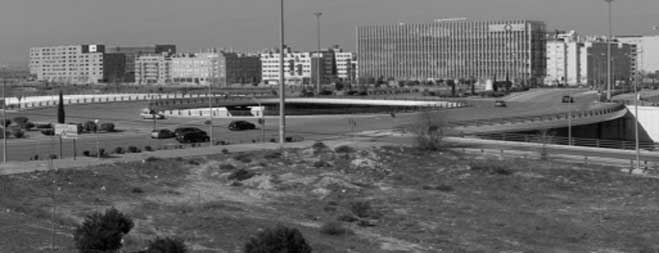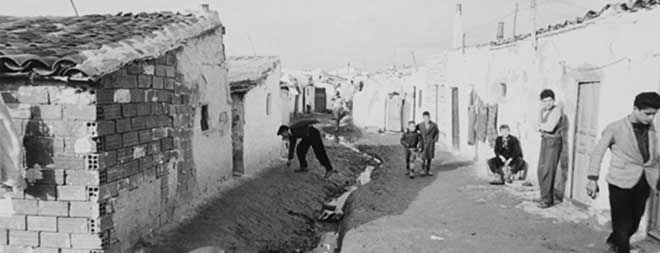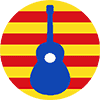History of Rumba Catalana
8. Quinqui and Rumba Taleguera / Vallecana
Quinqui and Rumba Taleguera
A new genre is born, to become the soundtrack of the urban ghettoes of Spain
At the beginning of the 1980s, revived by Gato Pérez, the rumba has recovered in Barcelona. However, active since the early 1970s, the Madrid Gypsies now lead the dance with a new subgenre, rumba Taleguera, with bands like Los Chunguitos, formed by the three Salazar brothers, and Los Chichos, founded by the Gabarre brothers and Juan Antonio Jiménez Muñoz, known as “Jeros“. The latter, who died suddenly in 1995, has become a timeless icon, with a posthumous Facebook page that is constantly updated and a YouTube channel with hundreds of videos.
Bands like Las Grecas, Rumba Tres, Bordon 4, or Los Marismeños will also be assimilated to the rumba Taleguera.

Rumba Taleguera / Vallecana
The rumba Vallecana, also called rumba Taleguera (Taleguero being the slang of the prisons, and therefore by extension, to be translated by “rumba of the delinquents”) was born in the emigrant/gypsy community of Vallecas in the early seventies. It gathered the influences of the Catalan rumba and adapted it to the influences of the new musicalities of rock, pop, soul and international funk.
It became the soundtrack of the Quinqui culture, and one could say it is the equivalent of soul music from the 60s in the US, which had become the sound of the struggle for the repeal of segregation laws in the Southern states and the recognition of civil rights. A genre that had been equally despised for some time.


Vallecas was a deprived Madrid neighborhood where many Gypsy families still reside (a symbol of Republican resistance, intensely bombed during the civil war of 1936-1939, Vallecas was neglected by Franco’s administration for 20 years and then razed to the ground in the 1960s to build cheap apartment blocks).
Rumba Taleguera is a subversive rumba, which rejected with force the watered-down image of the rumba catalana exploited for touristic purposes by the Franco regime. The populations of the poorest neighborhoods recognized themselves in it immediately. Peppering it with lyrics that talked about the street, the bands made a lasting impact on popular culture and sold more than 40 million records
“Quiero ser libre”
“El Vaquilla”
“Laula Ulah”
“No Sé No Sé”
“Hijo mio dejala”
“Señor Juez”
“Maldigo la droga”
“Me Perdí en las Tinieblas”
More background on the Quinqui culture
The Quinqui culture was as essential to the post-Franco Transition as the Movida
The Forgotten Children of the Transition
Between 1955 and 1975, six million Spaniards emigrated from the countryside to the city, mostly to Madrid and Barcelona.
The bulk of this emigration was made up of working classes from the countryside, attracted by the promise of work in industry or services. The human flood settled and grew in a disorderly manner in the urban periphery of the suburbs, giving rise to shanty towns that lacked even the most basic services. Most of these neighborhoods ended up as marginalized areas. Likewise, many of the young people who grew up in the derelict districts of Caño Roto, El Pozo del Tío Raimundo, Puente de Vallecas, in Madrid, and the slums of Campo de la Bota in Barcelona, etc., were ‘descampados‘, that is, their socio-cultural and family roots (generally rooted in the rural environment) were taken away from them. The infant mortality rate was five times higher and education was practically non-existent.The economic crisis of 1973 worsened the situation and gave birth to the Quinqui culture.
Urban Quinqui Culture
And it is in the metaphorical transitional wasteland, the peripheral suburb, where the quinqui flourished with splendor. The Quinqui, who had never been enchanted or expected anything, who did not get involved in politics, who did not know the word utopia, found the doors open for him.
The urban Quinqui culture is a phenomenon that overflowed, by far, the strict denotation of the traditional quinqui to become a part – as disdained as it is integral – in the narrative of this historical epoch.
The original Quinqui, quincallero or itinerant merchant, belonging to a group on the margins of society, without ethnicity or specific folklore of its own, ceased to be an established identity to become a diffuse identity horizon formed by an affirmation of a marginal self ‘a la contra‘, against society, where particular ethical and aesthetic positions are founded.
A Clear Precedent to the Movida
Thus, the Movida revolution, today as canonical as it is praised, customarily pointed out as responsible for the (post)modernization of Spanish society, had a clear precedent that, from the working class, subaltern and marginalized base of society, had already initiated a change in the aesthetics and ethics of late Francoism.
From the billiards, bars and suburban discotheques, from the radio cassettes players of stolen cars, from the popular gasolineras – gas stations – which, despite a complete disinterest on the part of the media, generated tens of millions of radio cassettes sales, the rumba Talaguera embodied a subversive and anti-productive entity that contributed to undermine the foundations of sociological Francoism.
It can be said, in fact, that without the Vallecano precedent it is difficult to imagine the leap into postmodernity that the Movida represented, through which Spanish society was finally able to shed the moral shroud of the dictatorship.
It did take some time – almost 30 years – for the intellectual elite to acknowledge the fundamental contribution of the Gypsy artists.
Main sources :
- Reyes de la gasolinera – La rumba vallecana y el cuerpo biorrumbero de la Transición – Ramón López Castellano
- Espectros de la Movida – Por qué odiar los años 80 – Victor Lenore
- La Cultura Quinqui, “borrón” de la Transición – elviejotopo.com
IN THE NEXT CHAPTER :
Portrait of a new Gipsy generation. The Salazar family, historically involved with flamenco, started two of the most famous Gipsy bands of that era, Los Chunguitos and Azucar Moreno. The main cultural movement of the time, La Movida, did not make it easy.

